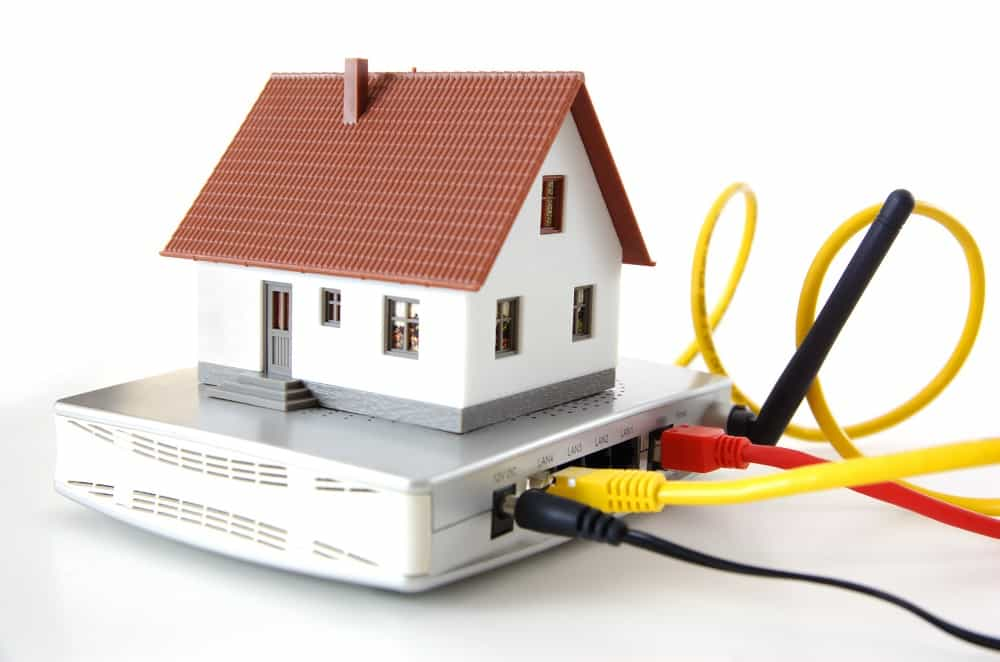Having a good internet connection at home is more important than ever, regardless of its uses, which are now more varied than ever: smart working, gaming, video streaming, managing smart home services, e-commerce, or simply web browsing.
What broadband connections are available today?
Broadband Internet connections for the home, available in various types, offer the perfect solution to these needs.
- DSL broadband connections are still the simplest and slowest, and are still based on the traditional telephone line.
- Fiber optic connections are much faster than ADSL and offer top-notch performance and stability, with slightly higher average rates. Unfortunately, they're not yet accessible everywhere, but their availability is constantly increasing, even in the most difficult-to-reach areas. The two typical fiber technologies are Fiber to the Cabinet (FTTC) and Fiber to the Premises (FTTP).
Broadband Internet connection: how to choose the perfect one for your home?
Let's face it, home broadband internet plans are probably not the cheapest, nor the fastest. We recommend them to single people who don't surf the web much (perhaps only to check emails or use social networks), and who rely more on mobile connections when away from home. But if you use video streaming platforms (like Netflix) extensively, or spend hours playing video games, there are broadband plans that can provide a more reliable and faster internet connection than traditional DSL-based broadband connections.
Always consider your family's needs, how many users access the internet daily (and the number of devices connected) before deciding on a broadband plan for your home. Your family's needs are constantly evolving, as demonstrated by recent years: the boom in streaming platforms and the increase in devices connected to the home network have dramatically increased users' bandwidth demands. Therefore, a good broadband package you choose today may not be right for you in a year or two. Consider that fiber optic internet plans are gaining traction commercially, offering increasingly competitive rates. Of course, broadband internet technology running over a traditional telephone line is much more common, especially outside residential areas where fiber optic cables often haven't been laid yet.
You may also like
Fiber optics: how to choose the best provider at the best price?
Fiber optic internet is a broadband internet connection capable of reaching speeds of up to 940 megabits per second (Mbps), with a short delay. This technology uses fiber optic cables and can send data at approximately 70% the speed of light. Furthermore, fiber optic cables are not as susceptible to severe weather conditions as other… Continua a leggere Fiber optics: how to choose the best provider at the best price?
